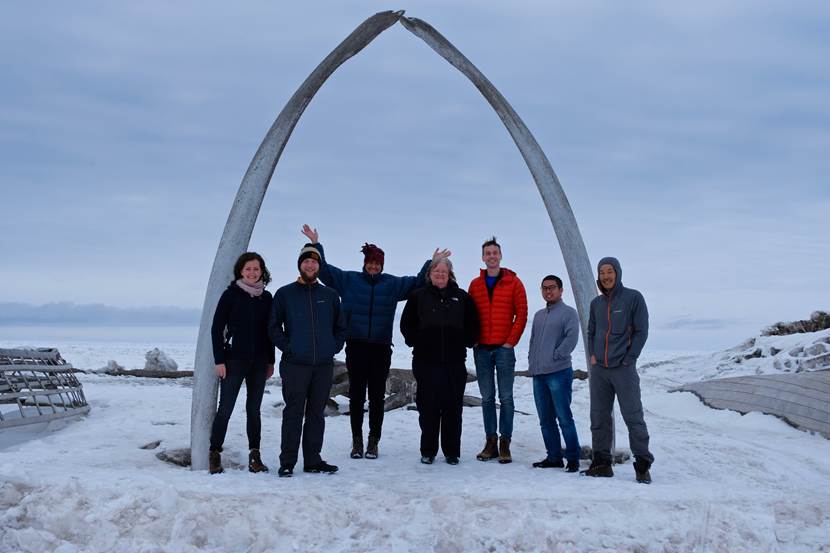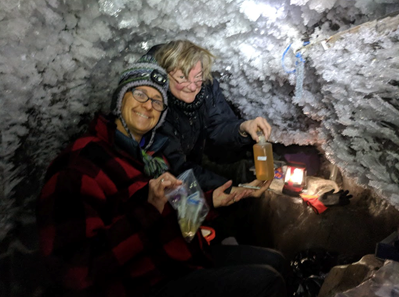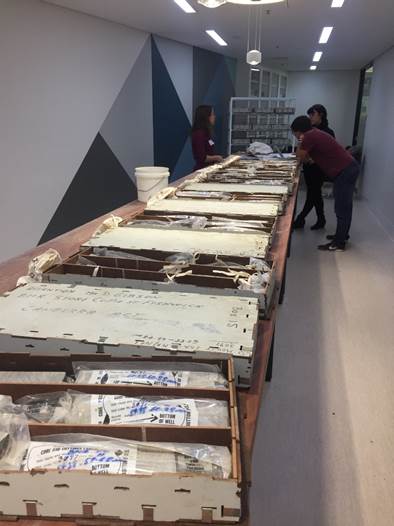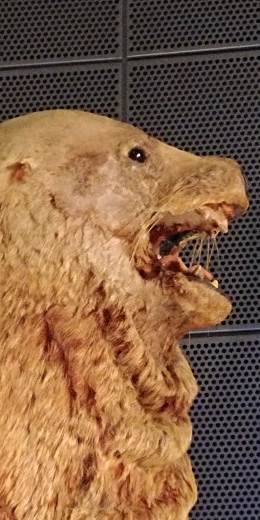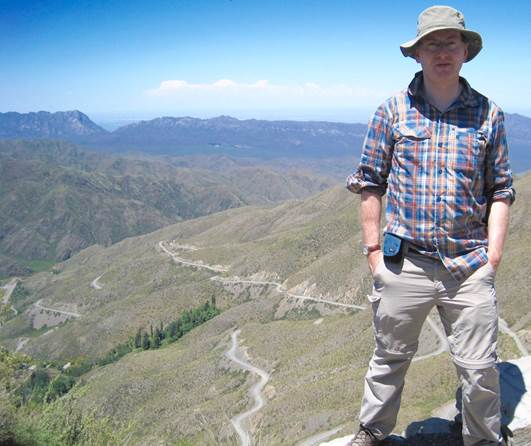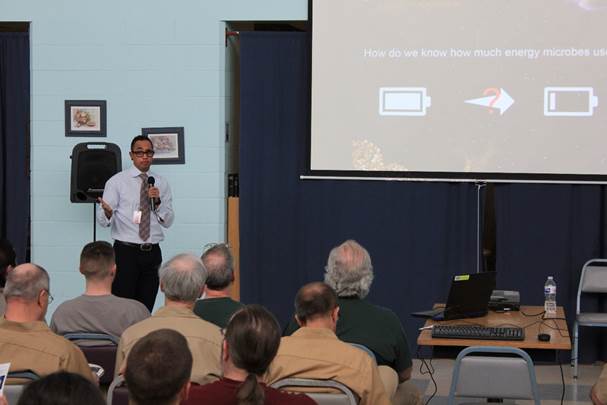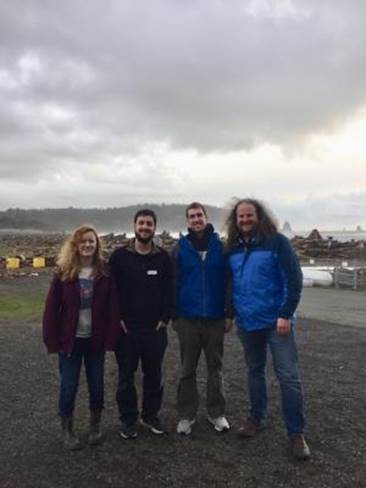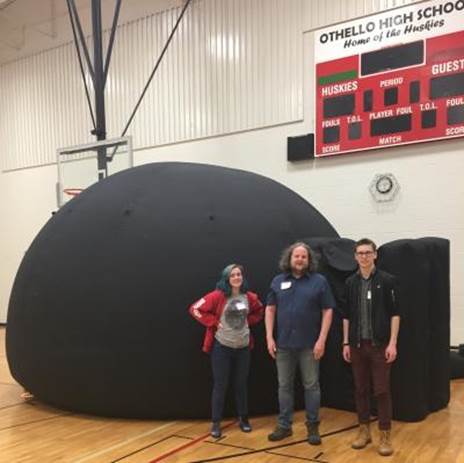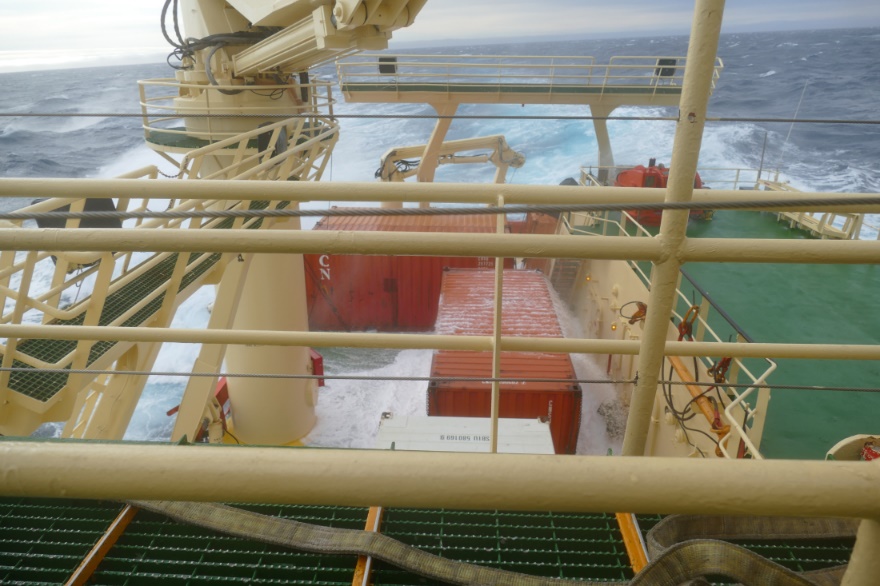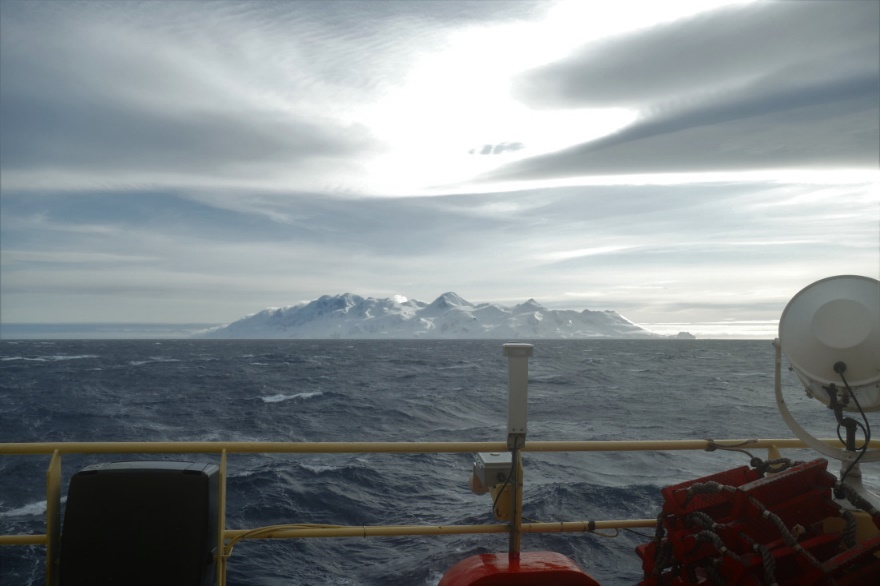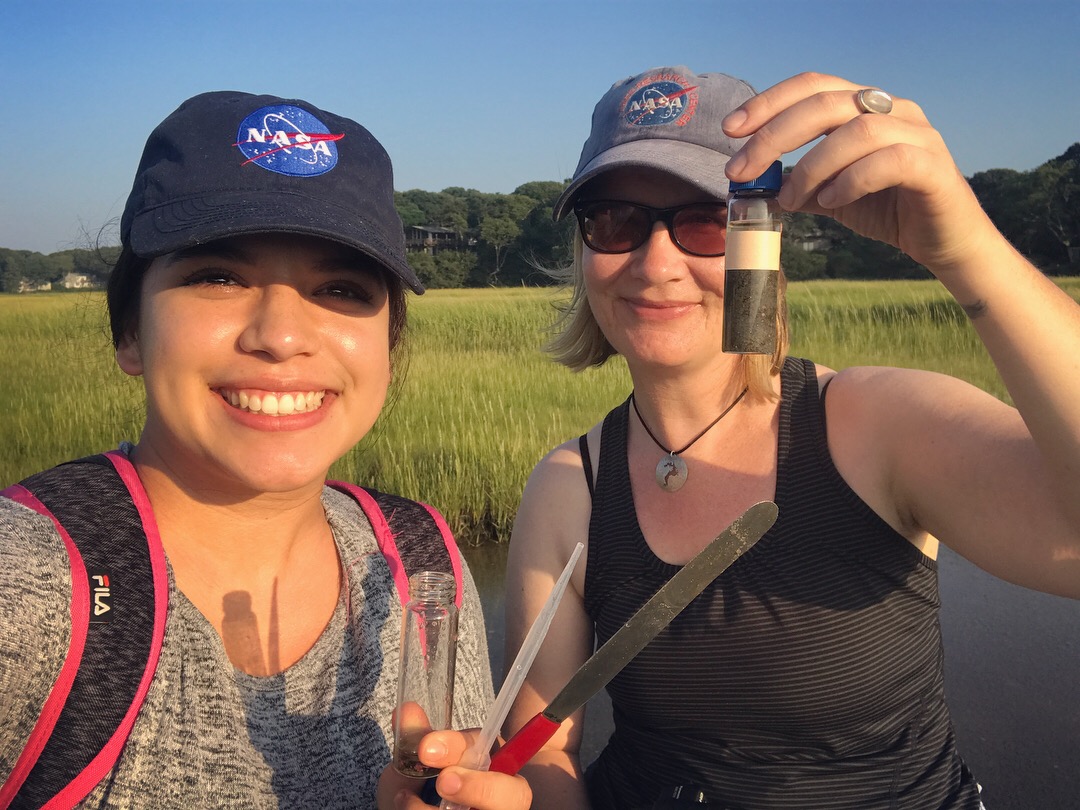|
|
|
Utqiagvik, Alaska
Left: Lab manager, Shelly Carpenter (arms wide in
the arch photo), and Prof. Jody Deming inside the permafrost tunnel or
"ice cave" (where one cannot stand) at –6°C following successful
collection of bacteria-filled subzero brine from below the tunnel floor.
Australian
National University
Here are some pictures from Michael Kipp’s AB Research Rotation at Australian National
University this spring. Michael has
been working with Prof. Jochen Brocks on organic biomarker analyses of
ancient marine sedimentary rocks that were deposited during and after the
"Snowball Earth" events of the late Neoproterozoic. Some data that
have recently been published from these drill cores suggest that eukaryotic
algae first became the dominant primary producers in the ocean in the midst
of two episodes of global glaciation.
The team is now looking in closer detail to try and figure out exactly
what environmental parameters controlled the distribution of eukaryotes
leading up to their rapid expansion. Answering that question may help us
better understand the range of conditions under which complex life can emerge
and thrive on other planets.
Japan
ELSI Symposium, AbcLab and ELSI Winter School Dr. Kim Bott (Postdoctoral Research Associate,
Astronomy) In January I had the privilege to
visit Japan--a first for me--to attend two conferences and a winter school. First I attended the ELSI
(Earth-Life Science Institute) Earth to Life symposium held at the Tokyo
Institute of Technology. This provided
an excellent update on international research on early Earth environments and
the origin of life, as well as an excellent networking opportunity. Next I attended the ABC (AstroBiology Center) symposium at the NAOJ (National
Astronomical Observatory of Japan) where I presented my work on modelling
realistic polarised light signals from terrestrial
planets and met with Motohide Tamura about the ways VPL's models can guide
his projects, in particular with the TMT (Thirty Metre
Telescope). Finally I attended the two week ELSI
Winter School. This school provides an
excellent opportunity for graduate students and post docs seeking a more
complete astrobiology background (for example, those getting a physics degree
at a university without an astrobiology program and wanting to learn more
about relevant chemistry and geology).
The school was comprised of classroom lectures at ELSI on a variety of
topics (AI, biochemistry, abiogenisis, genetics,
evolution, geology, exoplanets, entropy, etc.), a group project outside of
one's field of expertise (mine was in metagenomics), and field excursions
around the Izu Peninsula to learn both about the
geological processes that formed it and the extremophile life found in the
hot springs there. While the trip was interrupted by a freak snow storm that
shut down the road access to the peninsula (the clever organizers somehow
managed to get the entire class to the Peninsula on the crowded rail system!)
and abnormally low temperatures, many of the students consoled themselves
with nightly onsen visits and delicious warm food.
Left: One of the many examples of
excellent taxidermy at the Kanagawa Prefecture Museum. The geology exhibits there are amazing with
examples of the oldest rocks in the world and the oldest examples of
life. This was the most impressive of
the museums we were given entry to Right: On the east side of the Izu Peninsula students clambered over examples of
columnar basalt with the volcanic islands of the Izu-Mariana
arc in the background produced be the subduction of the Pacific plate under
the Philippine plate further east. Below: Mt Hakone's Owakudani sulphur springs in the snow. A spring just south of here is where
extremophile life in a Japanese hot spring was first isolated.
The Chilean Andes
Prison!
La Push &
Othello, Washington
Astrobiology Mobile
Planetarium
Right: From
L to R: Annie Shoemaker, Rory Barnes, and Nick Saunders with the University
of Washington's Mobile Planetarium in Othello, WA on March 21, 2018. (Rory Barnes)
The North Pole
Oceanography and Astrobiology grad student Max
Showalter spent his summer at and around the North Pole while aboard the Swedish
icebreaker Oden. The trip was part of
a joint Sweden-USA expedition to study the role of microbial life in High
Arctic Cloud formation. Max worked, along with Oceanography postdoc
Anders Torstensson, on the role of sea-ice
inhabitants /extremophiles in exchanges with both the ocean and
atmosphere. In this group photo taken at
the North Pole, Max is just below the Canadian flag's right corner, and
Anders is underneath that the center of that flag.
Antarctica
Two Oceanography and Astrobiology students
recently returned home from field work in Antarctica! Hannah Dawson
and Susan Rundell spent the Autumn quarter at Palmer Station, Antarctica
where they sampled sea ice algae as
part of a NSF funded project.
They posted blogs of their work
as well as pictures, and other updates on Twitter (@uw_young), as well as on Instagram (youngalgae)!
Falmouth, Massachusetts
Astronomy and Astrobiology graduate student Lupita Tovar (Left) along
with NASA Ames civil servant Niki Parenteau (Right) traveled to Falmouth, MA
to study the microbial mats that grow in the sand of the intertidal areas of
the Sippewissett Salt Marshes. They measured
reflectance spectra to see how much light was absorbed by the various
microbial mats in a natural environment and they collected samples of the
mats to study the pigments found in each of the various layers |
|
THIS E-NEWSLETTER WAS SENT BY:
|

